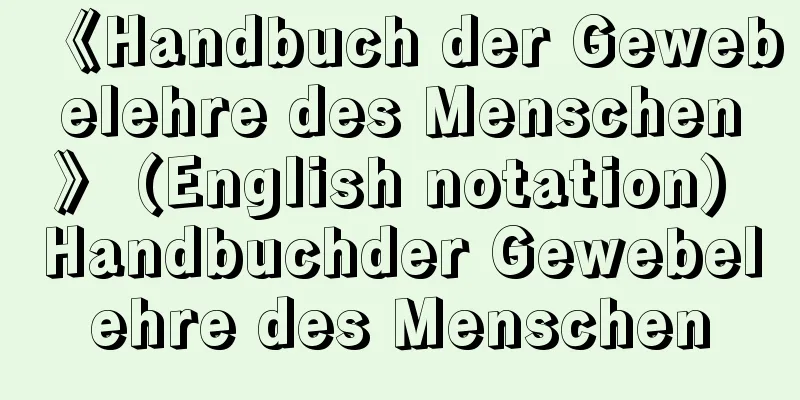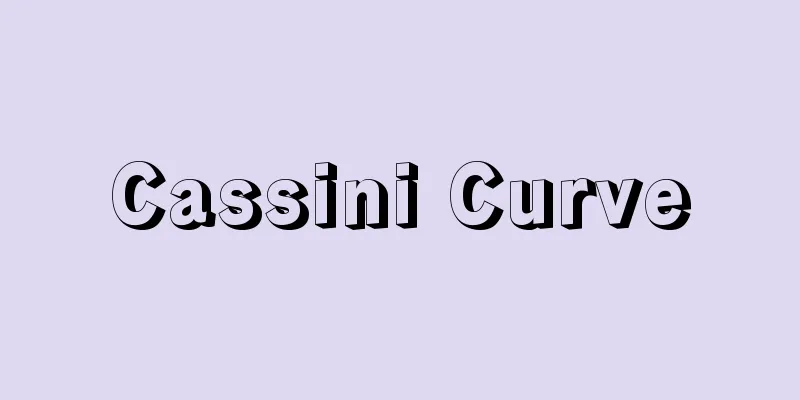Trial and error

|
This is an interpretation of the establishment of learning that American psychologist Thorndike proposed based on animal experiments. In other words, when an animal is placed in a problem situation, it will exhibit various behaviors, and among these, the behavior that happens to result in solving the problem, or behavior that comes close to solving the problem, will be reinforced by the fact that the result brings satisfaction and pleasure, creating a connection between the situation and the behavior, and thus establishing learning. [Takashi Ogawa] Characteristics of trial-and-error learningThorndike expressed this interpretation in The Intelligence of Animals in 1898. For example, if a hungry cat is placed in a puzzle box, it will scratch, bite, and react in various ways, and by chance one of these reactions will touch the mechanism and it will succeed in escaping. He called this "trial and error and chance success," and it has been shown that as such trials are repeated, the time it takes to escape gradually decreases, which reflects the establishment of learning. Although the stimuli and responses in the box are not the same for each trial, they have something in common in terms of whether they bring about effective results or not. Thorndike divided the law into (1) the "law of effect," which states that responses that are or approach satisfaction strengthen the association with the stimulus, and responses that are or approach dissatisfaction weaken the association with the stimulus, resulting in the selection of the response that leads to satisfaction; (2) the "law of exercise," which states that responses that are or approach satisfaction become more likely to occur with repetition, and that responses that are or approach dissatisfaction become less likely to occur with repetition; and later, (3) the "law of use," which states that the association between the stimulus and response is strengthened the more it is used, and (4) the "law of disuse," which states that the association disappears if not used. This argument is also called connectionism, because it emphasizes the association between the stimulus and response. [Takashi Ogawa] Learning by perspectiveThe fact that learning by trial and error is not the only process by which learning takes place was made clear by German psychologist Kohler's research into chimpanzee problem solving. In Thorndike's problem box, the cat cannot discover the goal of problem solving in advance, so it explores by trial and error. In Kohler's research on chimpanzees, in a situation where it is not possible to reach out from inside a cage to grab a banana outside, the chimpanzee notices a stick placed inside the cage and suddenly picks it up, succeeding in pulling the banana towards it. This success can be reproduced in the same situation only once, so no rules of practice are necessary. Kohler named this type of learning "learning by insight," whereas learning in Thorndike's problem box is called "learning by trial and error." [Takashi Ogawa] Source: Shogakukan Encyclopedia Nipponica About Encyclopedia Nipponica Information | Legend |
|
学習の成立について、アメリカの心理学者ソーンダイクが動物実験に基づいて主張した解釈。すなわち、動物が問題状況に置かれるとさまざまな行動をおこすが、そのうち、たまたま問題解決を結果した行動、また、それに近づく行動は、その結果が満足を与え、快をもたらしたことによって強められ、状況と行動との結合を生じ、学習を成立させるというものである。 [小川 隆] 試行錯誤学習の特徴ソーンダイクは1898年『動物の知能』のなかでこの解釈を表明したが、たとえば、ネコを空腹の状態で問題箱puzzle boxの中に入れると、ひっかいたり、かんだり、さまざまに反応をするが、たまたまその反応のどれかが仕掛けに触れて脱出に成功する。彼はこれを「試行錯誤と偶然の成功」といっているが、こうした試行を重ねるうちに、しだいに脱出までの時間が短縮することが示され、これが学習成立を反映することになる。 試行のたびごとに問題箱の中の刺激作用も反応も同じではないが、効果的な結果をもたらすか否かについては、共通な面をもっている。ソーンダイクは、(1)満足を伴うかそれに近づく反応は、その刺激作用との結合を強め、不満足を伴うかそれに近づく反応は、その刺激作用との結合を弱める結果、満足に至る反応が選択されるという「効果の法則」law of effect、また、(2)満足を伴うかそれに近づく反応は、繰り返されることによって生じやすくなり、不満足を伴うかそれに近づく反応は、繰り返されればそれだけ生じにくくなるという「練習の法則」law of exercise、のちには、(3)刺激作用と反応との結合が用いられるだけ強められるという「使用の法則」law of useと、(4)用いられないと消失するという「不使用の法則」law of disuseとに分けた。刺激作用と反応との結合を強調することで、この主張は結合主義connectionismともいわれる。 [小川 隆] 見通しによる学習試行錯誤による学習が学習成立の唯一の過程とみられないのは、ドイツの心理学者ケーラーのチンパンジーの問題解決についての研究で明らかにされた。ソーンダイクの問題箱では、問題解決の目標をネコがあらかじめ発見することはできないので試行錯誤による探索がなされる。ケーラーのチンパンジーの研究では、檻(おり)の中から手を伸ばしただけでは外のバナナがとれない状況で、チンパンジーは檻の中に置かれた棒に気づいて、突然、これをとって外のバナナをかき寄せることに成功する。この成功は、1回だけで同じ状況で再現するので、練習の法則は必要でない。ケーラーはこのような学習を「見通しinsightによる学習」と名づけたが、これに対してソーンダイクの問題箱の学習は「試行錯誤による学習」といわれる。 [小川 隆] 出典 小学館 日本大百科全書(ニッポニカ)日本大百科全書(ニッポニカ)について 情報 | 凡例 |
<<: Intentionality - Intentionalität
>>: Thought economy - Denkökonomie (English spelling) [Germany]
Recommend
Paris Commune (English)
In the narrow sense, it refers to the Commune Asse...
Chiyoichi Kimura, the Master of the School
...There is an anecdote (Koshi Yawa) that he was ...
Turmeric dyeing - Turmeric dyeing
…It is thought to have been brought from ancient ...
Cassone (English spelling)
A wedding chest made in Italy between the 14th and...
Phantom Limb - Geneisi
The phenomenon in which a person feels as if a par...
Enku Risshin
...The 21st abbot, Zōshun, studied the Hosso sect...
Sociobiology
A field of study that combines knowledge from rel...
Vergenz
…In the past, it was believed that the Mesozoic s...
Syrakousai
…It is a distribution center for agricultural pro...
Small writing - Kogaki
A special type of Noh performance. It is so named...
d'Alveydre, SY (English spelling) dAlveydreSY
... This legend was introduced to Europe in the 1...
BART
Abbreviation for San Francisco Bay Area Rapid Tran...
Yongbyon (English spelling)
A landlocked county in the southern part of North ...
Louis XII - Louis
King of France (reigned 1498-1515). Son of Charles...
Alpha-endorphin
...A type of neuropeptide found in large quantiti...









